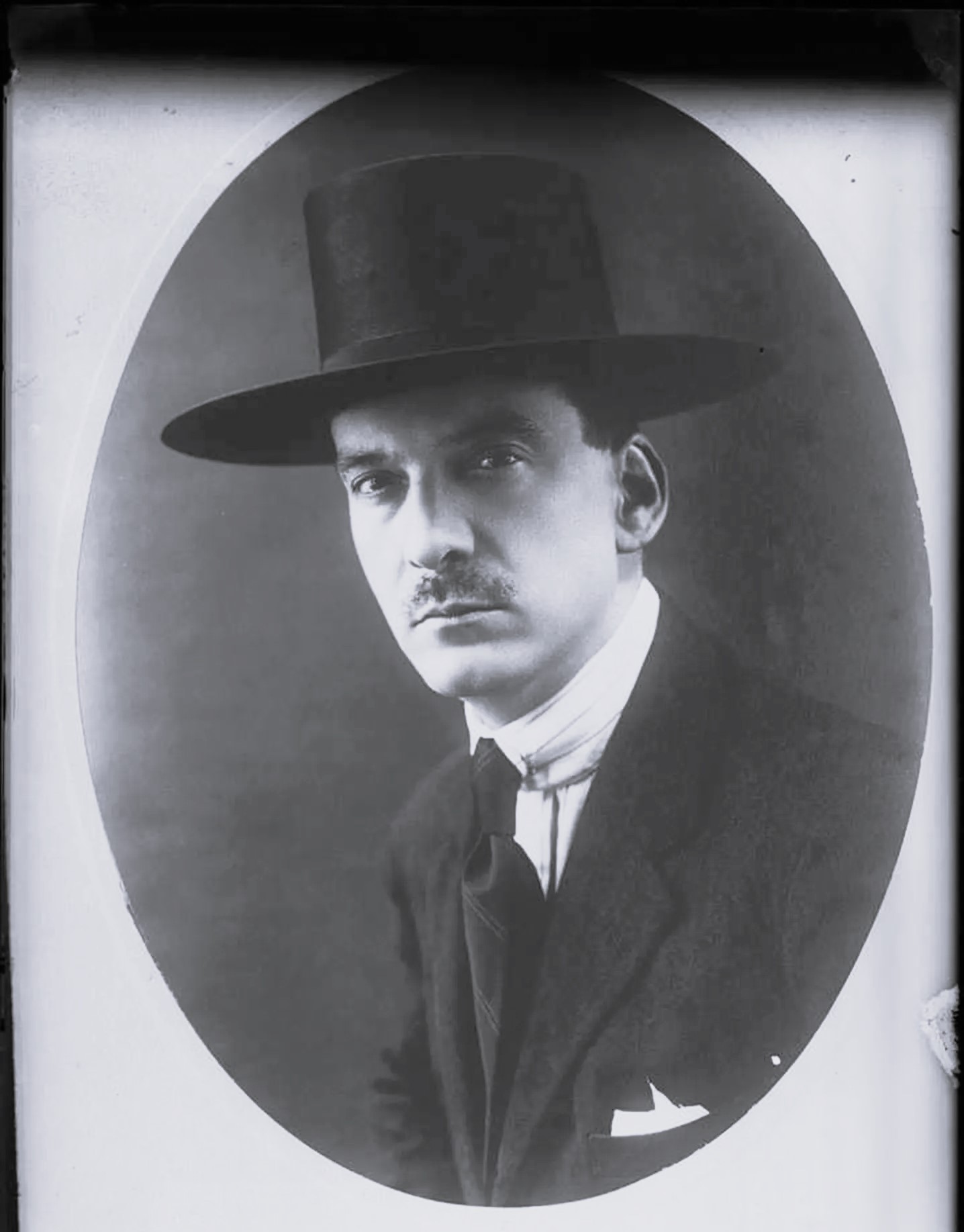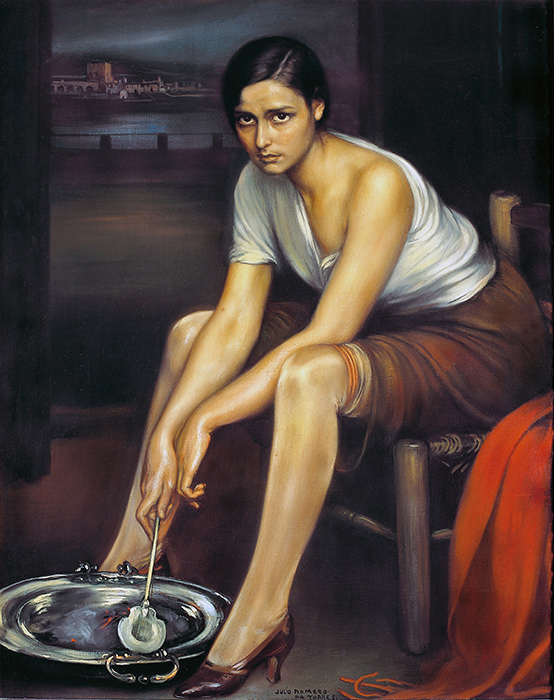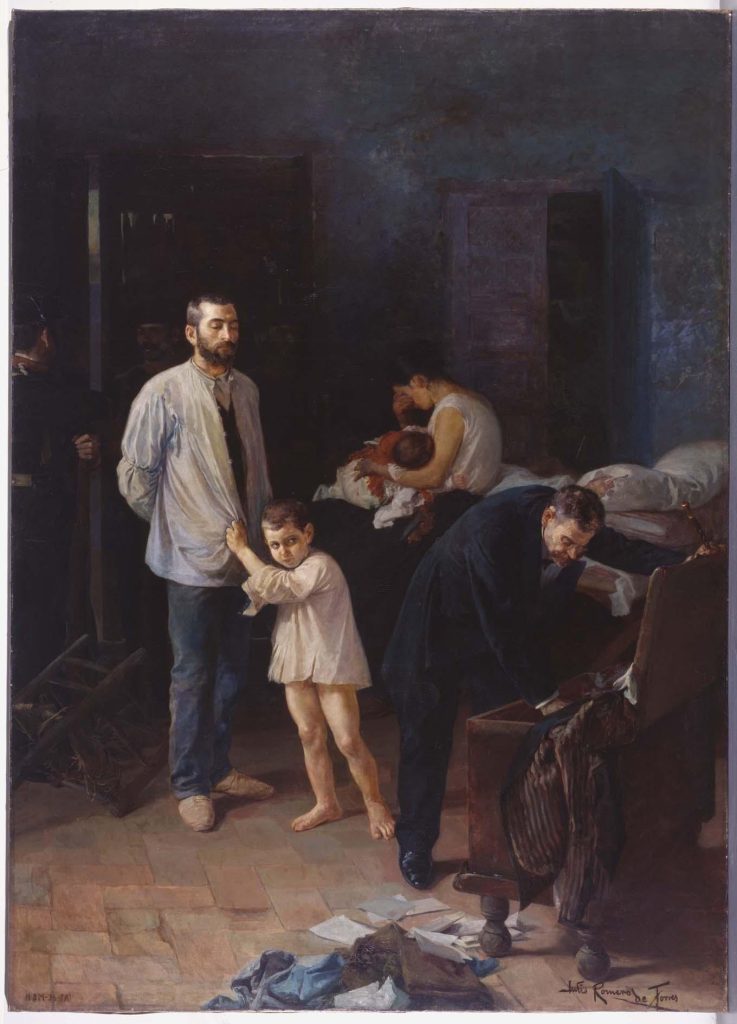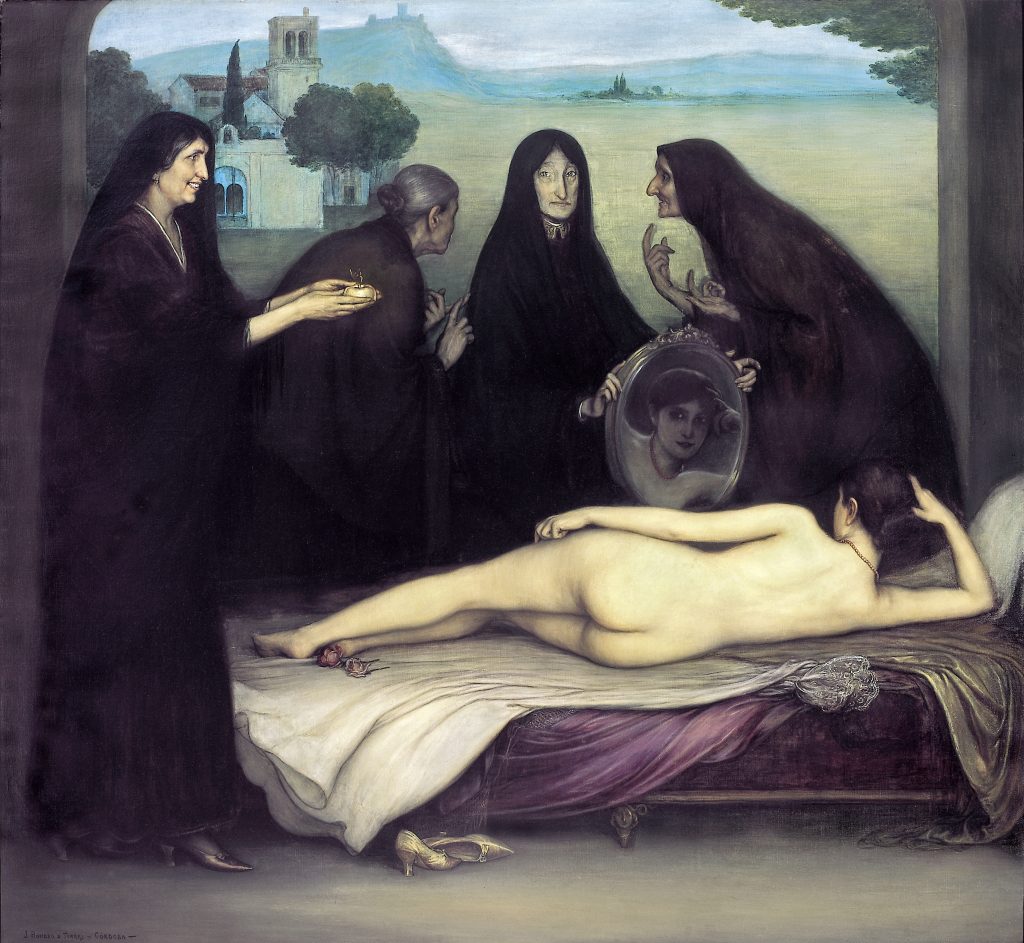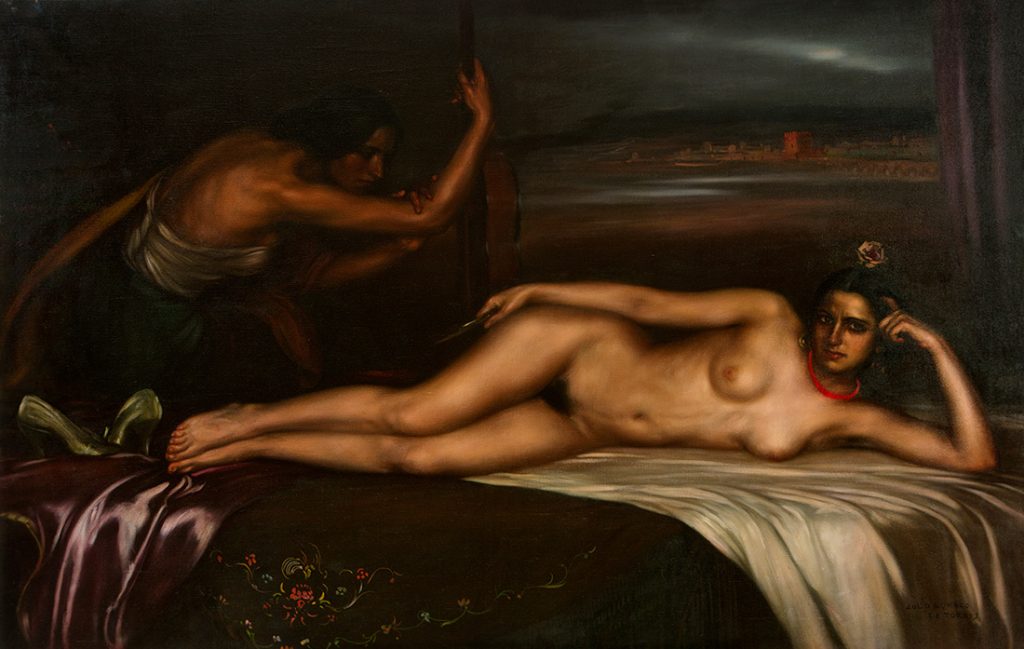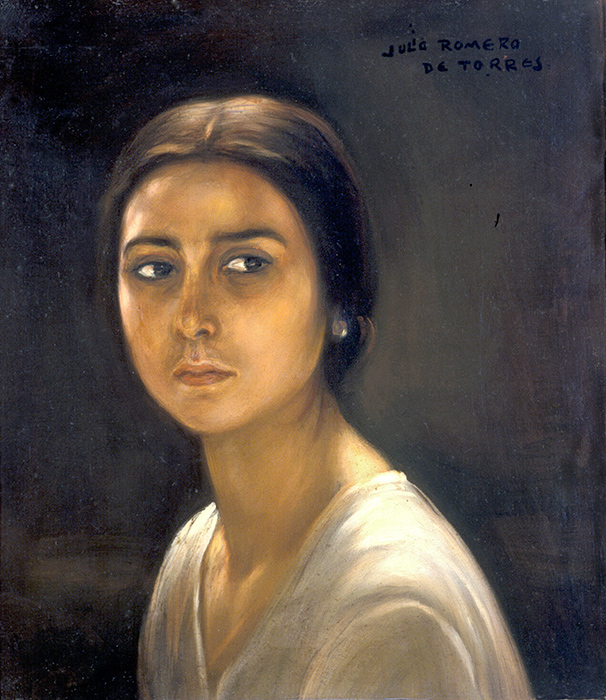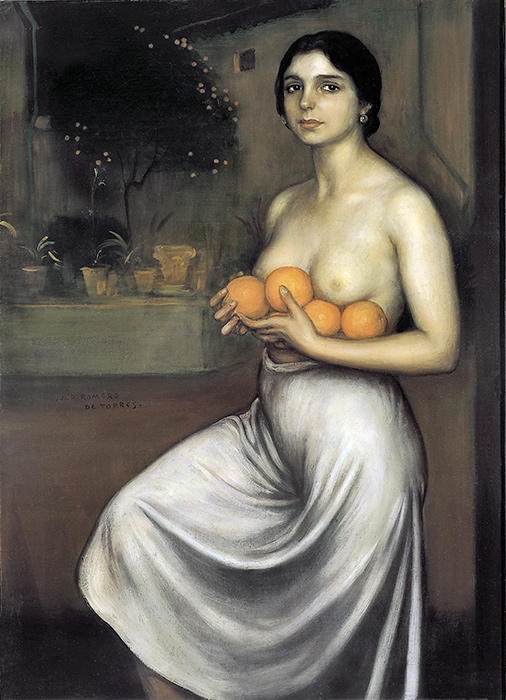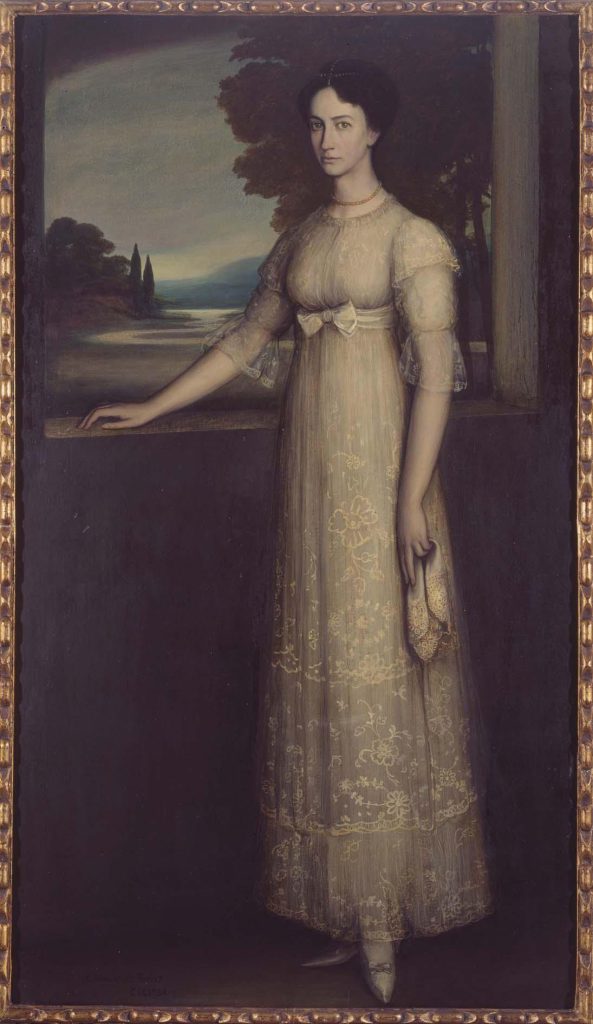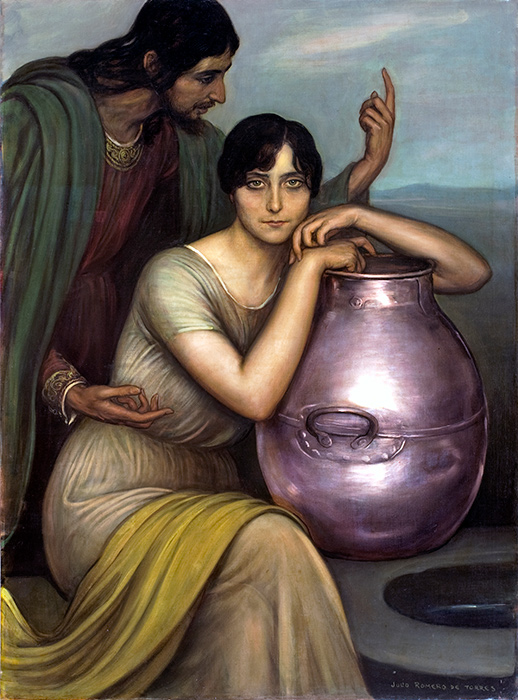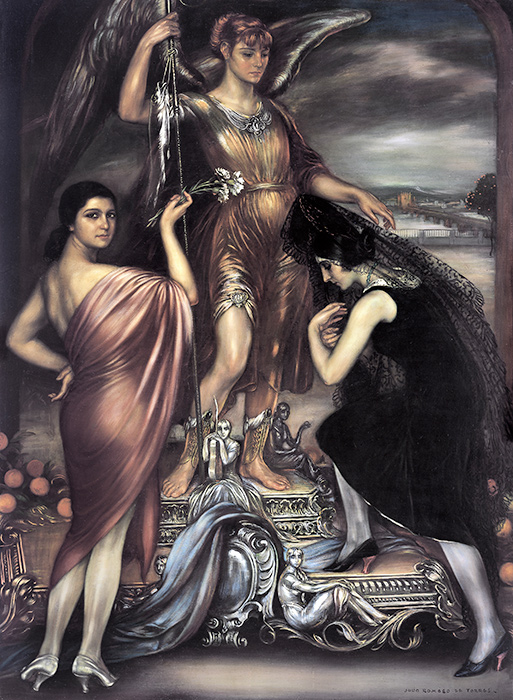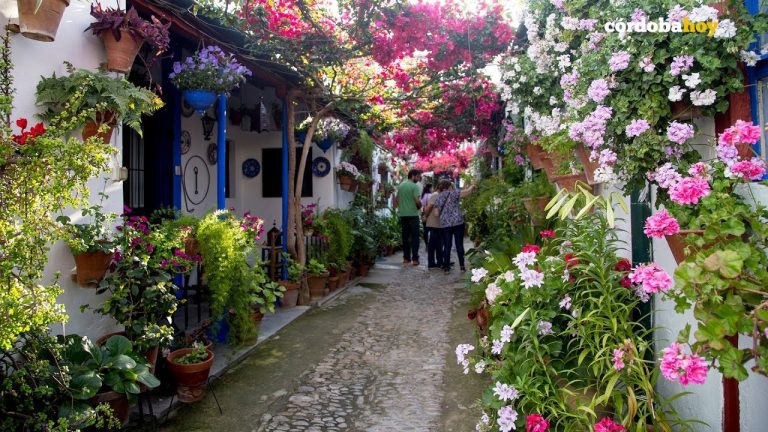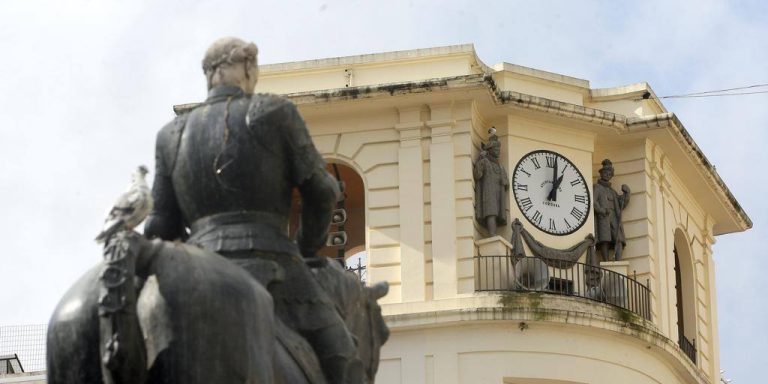Julio Romero de Torres
Julio Romero de Torres
(Córdoba, 1874-1930)
Spanish and Cordoban painter The fact that his father, Rafael Romero Barros, was, in addition to being a painter, curator of the Provincial Museum of Fine Arts of Córdoba, influenced the vocation of the seventh of his children.
After studying at the Góngora Institute in his city, he decided to enroll in the Conservatory of Music in 1884, while receiving drawing and painting classes from his father, along with his brothers Rafael and Enrique. His first known work is La huerta de Morales (1890).
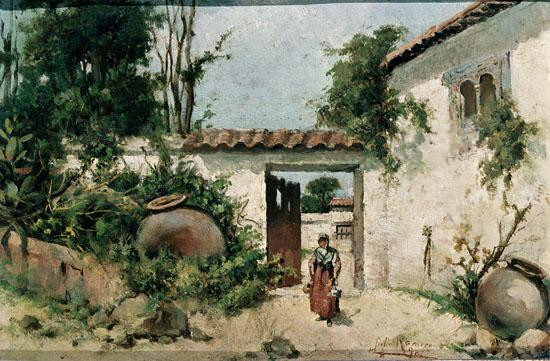
In 1895 he appeared at the National Exhibition of Fine Arts with the work Look how pretty it was (Julio Romero de Torres Museum, Córdoba), with which he received an honorable mention and which was acquired by the State.
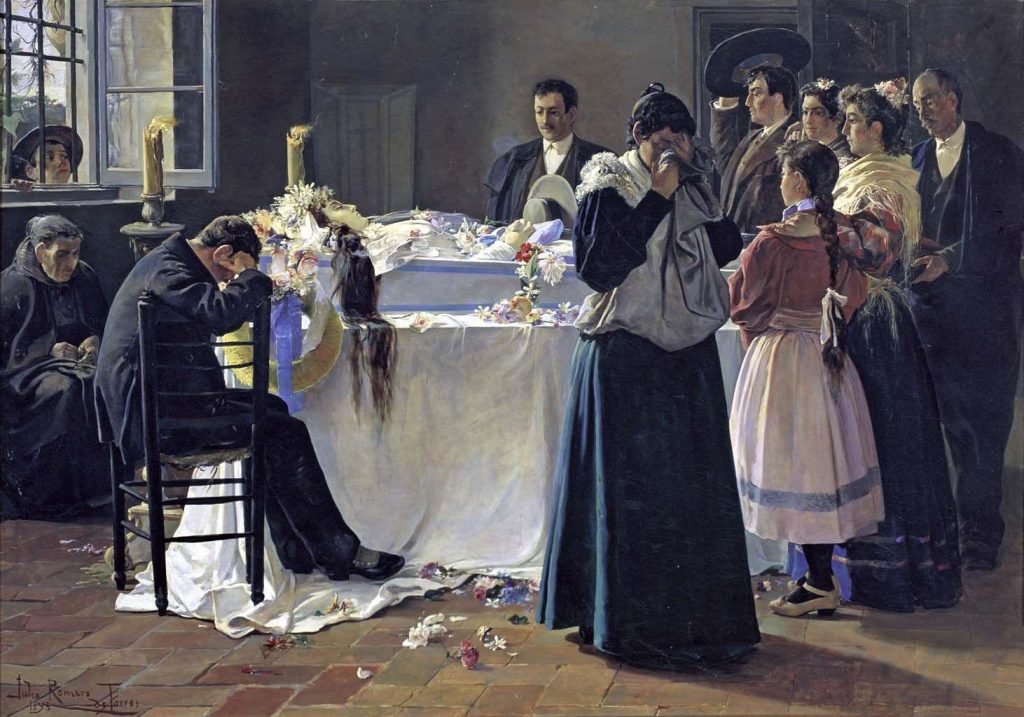
In 1897 he decided to apply for the Rome prize with Conciencia tranquil (Museum of Fine Arts of Asturias, Oviedo), but he did not obtain the desired scholarship.
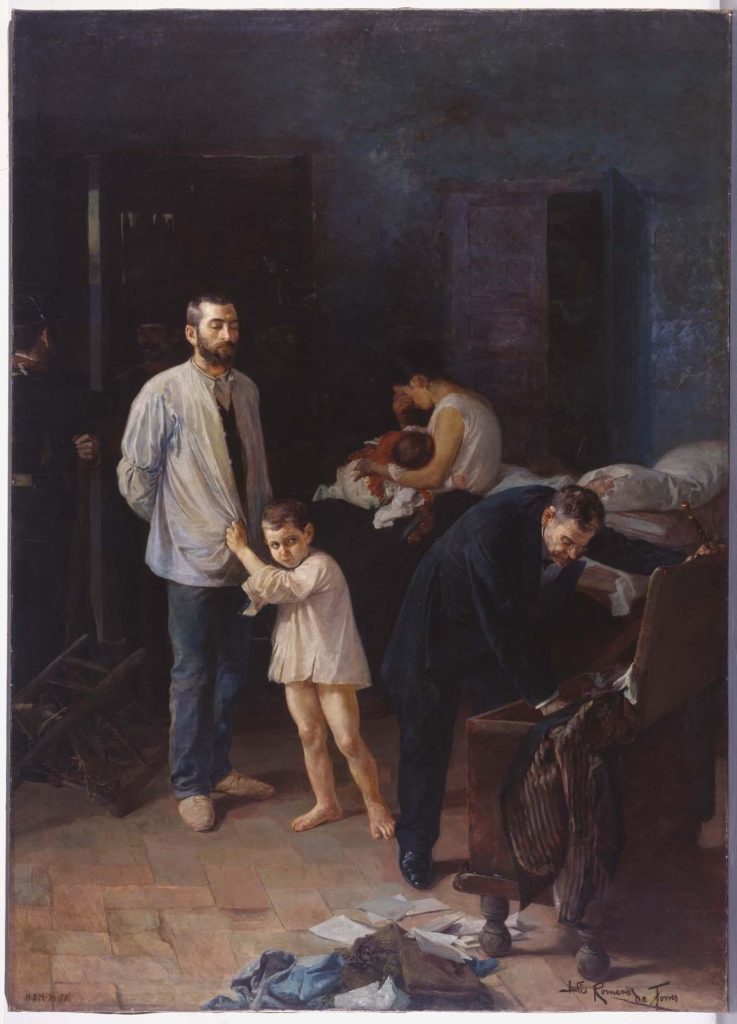
In 1902 he was appointed professor of Color, Drawing and Copy at the School of Fine Arts of Córdoba and in 1903 he was appointed professor at the Higher School of Industrial Arts. That same year he received the commission to decorate the Círculo de la Amistad in Córdoba with a cycle of mural paintings, so he decided to move to Madrid to become familiar with the mural painting of the Symbolists. In the capital he joined the Valle-Inclán circle and frequented the Machado house, strengthening his friendship with Manuel.
He created six murals dedicated to the arts for the Círculo de la Amistad in Córdoba: Painting, Sculpture, Music, Literature, Song of Love and The Genius of Transfiguration (all in situ) in which the influence of Puvis de Chavannes is evident.
He continued living in Madrid, where little by little his own style matured and he presented Vividoras del amor (Art Funds of Caja Canarias) at the National Exhibition of 1906, which was rejected with the resulting scandal due to its lurid subject matter.

In 1907 he participated in the Exhibition of the Círculo de Bellas Artes in Madrid, the city in which he remained and where he frequented the Café de Levante gathering together with Zuloaga, Ricardo Baroja and Gutiérrez Solana. The decision to travel to France, England, Italy, Switzerland, the Netherlands and Morocco marks a turning point in his career that will manifest itself in his later works in a desire for change.
He obtained his first medal at the National Exhibition of 1908 with The Gypsy Muse, which the State purchased and sent his paintings to the International Exhibitions of Buenos Aires and Santiago de Chile.
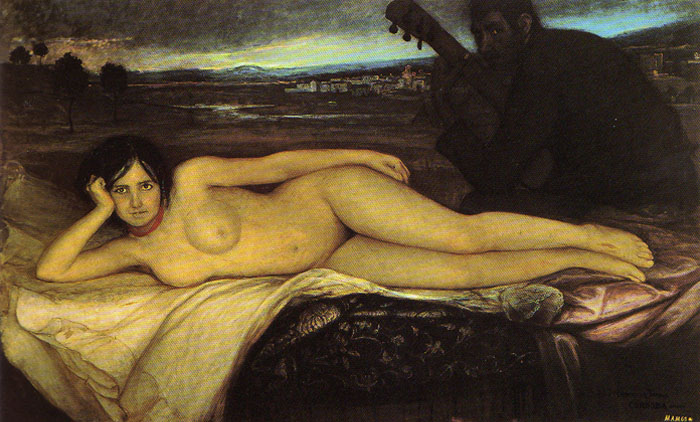
In 1910 he received the order of Alfonso the Wise and was appointed inspector of the royal delegation and police station at the Rome Art Exhibition, and the following year he received the gold medal at the National Exhibition of Fine Arts in Barcelona for his Altarpiece of Love.
He was appointed full academician of the Academy of Sciences, Fine and Noble Arts of Córdoba, although he continued to reside in Madrid, where from 1913 he frequented the Café Pombo gathering. In 1915 he was awarded a special room at the National Exhibition of Fine Arts and the following year he was appointed professor of costume at the San Fernando Academy of Fine Arts in Madrid. He installed a studio on Pelayo Street, which years later would become a center for gatherings and meetings.
In 1928 he suffered a serious illness, for which reason he decided to return to Córdoba to recover; However, he continues painting. He participated for the last time in the Ibero-American Exhibition in Seville in 1930 with twenty-eight paintings, since he died on May 10 of that same year.
María Teresa Martín Bourgon
